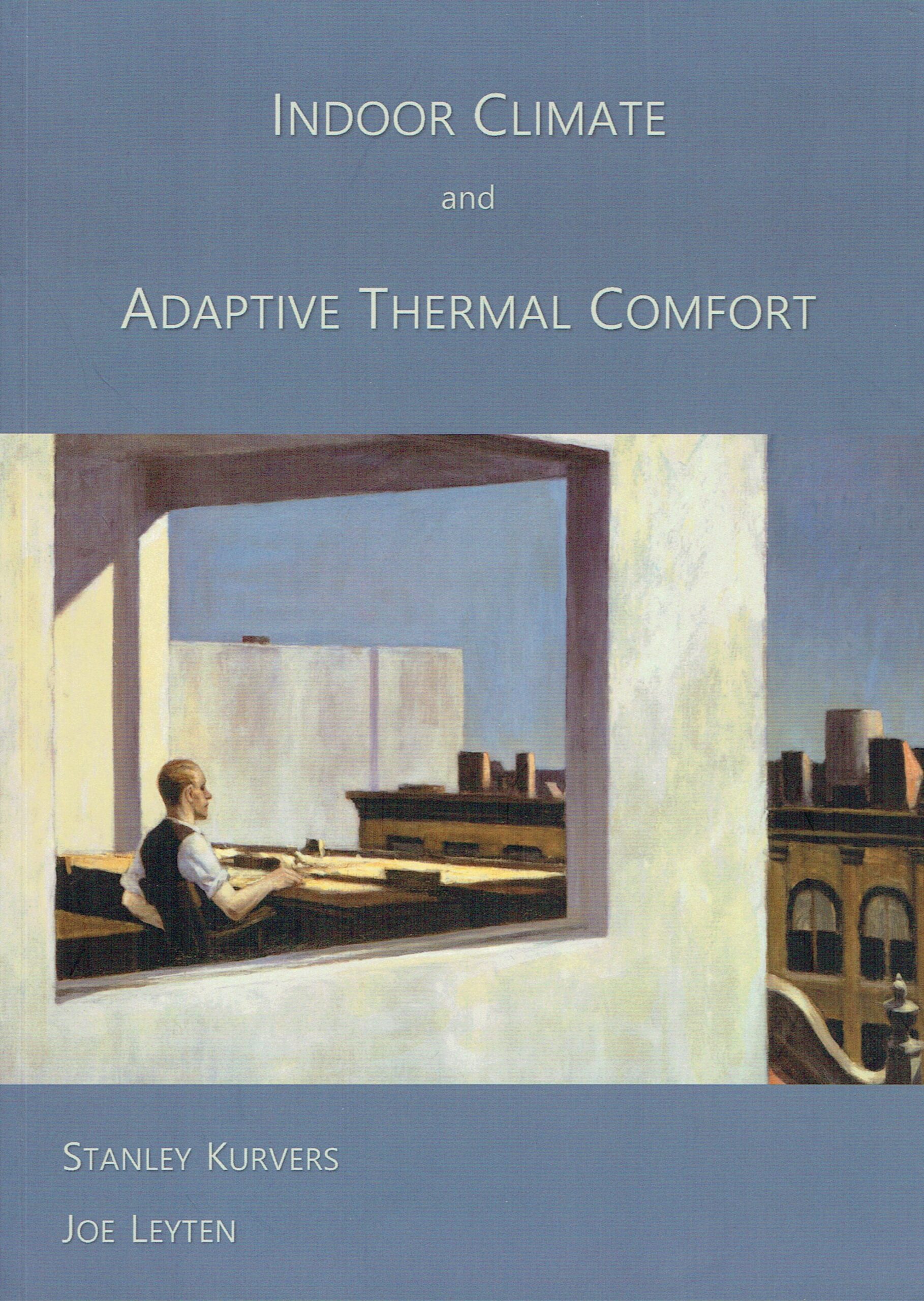Preface
In the past 40 years the authors of this book conducted numerous investigations into the indoor environmental quality of buildings. This was usually in response to discomfort complaints and health symptoms from occupants, for example too high or low temperatures, drafts, stuffy and stale air, headaches, fatigue or eye and respiratory irritations. In the beginning of the 1980’s, there were few methods and techniques available for conducting indoor climate investigations. Working for the Occupational Health Service of the Dutch Government 1 at the time we had to develop systems to be able to perform long-term measurements to collect data to get an impression of the physical and chemical composition of the indoor environment in buildings. After a few years, it became clear that measurements were useful, but also had their limitations because the measurements and the available standards and guidelines could not always explain the occupants’ discomfort and symptoms in the indoor environment.
This insight led to the development of a research methodology, based on Post Occupancy Evaluation (Leaman & Bordass, 2001) to systematically map occupants' perceptions and then explain them on the basis of scientific, statistical knowledge about the relationship between building characteristics and health and comfort experiences of building users. The methodology became known as the Building-in-use method (Vischer, 1989; Kurvers & Leyten, 1992) and was later further developed as a diagnostic method for dealing with discomfort and health symptoms related to the indoor environment (Leyten & Kurvers, 2007). During these studies, we noticed that occupants in buildings with closed, glass façades and extensive air-conditioning systems experienced more discomfort and health symptoms than occupants in buildings with openable windows and simpler climate systems. This observation was increasingly confirmed by scientific field studies and this phenomenon became widely known as the Sick Building Syndrome (Burge, 2004). To explain the comfort and health symptoms, we later developed the concept of robustness of indoor climate (Leyten & Kurvers, 2006). This is explained in more detail in Chapter 5. By studying the indoor environment in buildings, we were also regularly consulted on building planning and renovation projects. It struck us that often limited scientific knowledge on the influence of indoor environments on people’s comfort and health is used in design and consulting practice. With this book, we aim to narrow this gap by addressing the disciplines responsible for the design of the indoor climate in buildings: developers, architects, building physicists, HVAC-consultants, contractors, facility managers, health and safety professionals and, above all, students. The main subject of this book is thermal comfort. Other facets of indoor environment, such as air quality, lighting and acoustics are also important, but are only addressed here indirectly when relevant.
1 In Dutch: Rijks Geneeskundige Dienst
